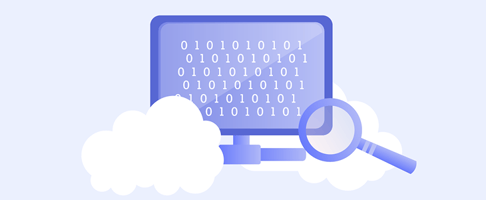LinkedIn’s social algorithms are awful at determining true experts. So what makes one truly an...
Merging Mental Models Part 3: The OSI Model + Cyber Defense Matrix
Many have asked me, do you have a tool that implements the Cyber Defense Matrix? My woeful answer is "Yes, it's Powerpoint."1 Unfortunately, Powerpoint is generally limited to representing content in two-dimensions. However, the Cyber Defense Matrix can be extended across many more dimensions.
One of those dimensions is the multi-layered view that you get when you focus on a specific domain. The OSI model is an example of such a view in the network domain. Fusing the Cyber Defense Matrix and the OSI model looks something like this.
The fusion of the Cyber Defense Matrix with the OSI model allows for a richer language and more functional information to describe the network domain and its controls. More interestingly, the merger of models often enable us to anticipate the shape of future needs.
For example, in the box of NETWORK-PROTECT, we have firewalls. Combining the OSI model with the Cyber Defense Matrix shows that firewalls can exist at every layer of the OSI model. After the introduction of the first commercial Layer 3 (Network Layer) firewalls in the early 1990s, a forward-thinking individual could then anticipate future possibilities of firewalls at the other layers of the OSI model.
However, this does not imply that all such possibilities are commercially practical or necessary. The right conditions need to be in place before these future possibilities become viable. Until the late 1990s, we were fine with traditional network firewalls providing protection at Layers 3 (Network Layer) and Layer 4 (Transport). However, the rapid emergence of web applications drove the need for "next generation" firewalls that offer protection at Layer 7 (Application Layer). It may take a while (if ever) for market demand to materialize, but nevertheless, the combination of mental models brings sharper focus to what future needs might emerge.
But this combination of mental models also allows us to consider another conceptual leap: If the network domain is multi-layered, could the other domains of the Cyber Defense Matrix also have multiple layers? If so, what might these layers be for those other domains?
Part 4 will use another mental model to suggest that perhaps all the other domains are also multi-layered.
1Keith McCammon actually has created a web-based tool that might help for those who don't want to use Powerpoint.




